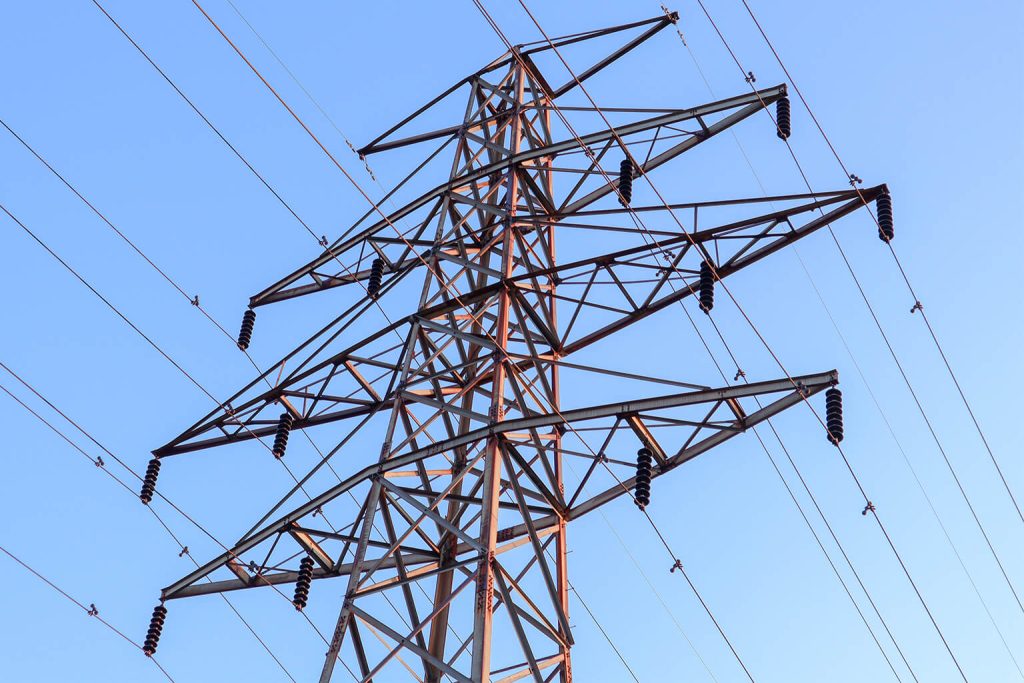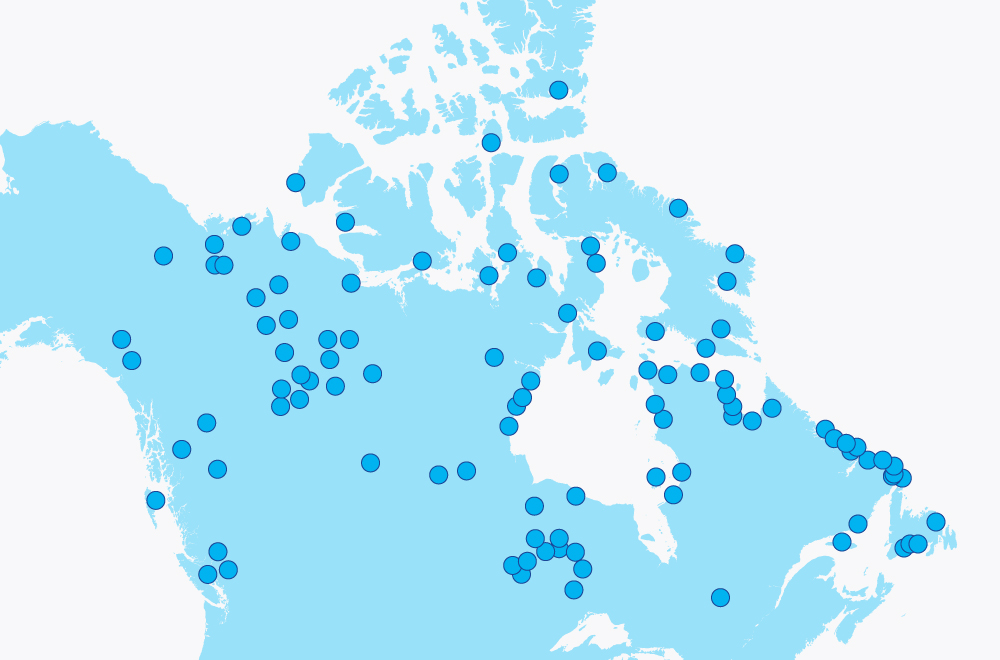
A Microgrid Playbook
There are over 100 remote communities in Canada with more than 50 permanent residents each. None are connected to our national power grid. Imagine a microgrid system that offsets diesel use for each one.
Microgrids are small-scale, self-sufficient energy systems. They can be the key to emissions reductions, resilience, and localized control of services—especially in Northern, Indigenous, and remote communities.
But there’s one overarching principle: The communities these microgrids serve need to be at the centre of their development.

The play-by-play: Conditions and opportunities
Conditions are part of any successful microgrid infrastructure investment. Four of them are critical:
Increasing Utility and Regulatory Support for Independent Power Production
The growth of decentralized generation and transmission is creating new opportunities for community-based renewable power.
New Approaches to Project Financing
The small size of Northern and remote community projects can make funding a struggle. New financing frameworks support independent power producers in raising capital to prepare and construct projects.
Utility Partnerships
Successful partnerships with local utilities are critical in increasing their support for independent power and in shaping partnerships with communities.
Community Visions
Energy transitions are vehicles for community-led planning and development processes that further self-determination and Indigenous reconciliation.
Questions?

If you have any questions about this project, or wish to further discuss it, please contact:
Babatunde Olateju
Associate Director, Sustainability
What can microgrids deliver—and what will it take?
Eliminating 25 per cent of diesel generation in 106 diesel-dependent communities requires 84–116 MW of new renewable capacity.
Over 17 years, a wind/solar or pure solar scenario involves:
- Over $1 billion in investment
- 40 million litres of diesel saved annually
- 111,000 tonnes CO2e per year in avoided carbon emissions
- 4,400–5,900 full-time equivalents (FTEs) in project development and construction work between 2023 and 2025
- 960–1403 FTEs of labour demand between 2025 and 2050, and 38–56 FTEs annually.
Project eliminates 6 per cent of all diesel burned for heating and electricity in remote Canada
(tonnes CO2e)
Sources: The Conference Board of Canada; Pembina Institute.

Sources: Natural Resources Canada; The Conference Board of Canada.
Opportunities for microgrid deployment
We analyzed the opportunities for 106 communities—96 of which have a majority Indigenous population.

